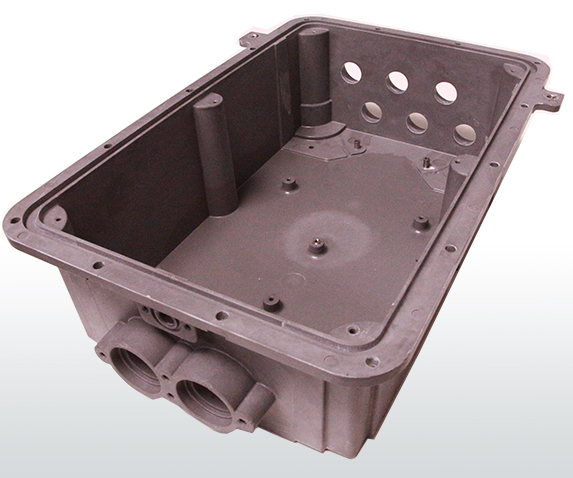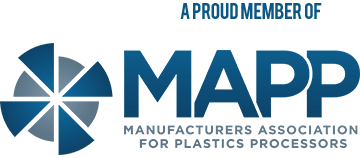Using Thermosets in Electrical Enclosure Applications
As a performance-based composite, thermoset plastics are an excellent material choice for applications exposed to aggressive and challenging environments. One of the top emerging applications for thermoset molding is with electrical enclosure applications. Electrical enclosures are used in all kinds of industries and end-markets including Appliance, Energy, Lighting, Industrial, and Utility markets. Implementing a thermoset into your enclosure design not only provides stronger material properties and resistance to aggressive environments but can lightweight your application significantly and reduce overall program costs over a cast aluminum enclosure.
Material Property Benefits
Thermosets are currently widely used in an array of electrical parts and applications for strong electric property benefits such as low arc and creep, high dielectric strength, and heat resistance. Additionally, thermosets can be UL rated at V0 or 5VA for flammability resistance, offering a high-performance material at much lower material cost per pound vs similarly performing thermoplastics such as PA66, PC, or PPS. Enclosures housing PCB boards or supercapacitors must be physically strong as well as electrically insulative to protect internal components from damage. Thermosets such as bulk molding compound (BMC) polyesters and vinyl esters offers a high strength material with excellent dielectric strength characteristics. Aside from electrical and physical strength, thermosets are highly resistant to corrosion and chemicals, and are not affected negatively when exposed to outdoor conditions such as high UV exposure, snow, or rain. End users can rely on thermoset materials to create enclosures that remain strong from the day they are installed to the end of its product life cycle.
Moldability Benefits
Unlike metallic or cast aluminum enclosures, thermosets can be injection molded into difficult geometries and shapes and easily incorporate molded-in or post-molded inserts to fasten mating parts. Thermoset designs can also implement seals and o-rings for a water resistant or encapsulated box protected from moisture and water. Instead of costly secondary operations required with cast metallic enclosures, thermosets can be designed and molded to feature an array of geometric features including bosses, ribs, and threaded insert locations. In addition to moldability, thermosets can be injection molded, allowing a much faster cycle time and throughput for mass production and high quantity enclosure programs.
Cost Benefits
Aside from strong material properties and the geometric benefits of molding vs. casting, thermoset enclosures offer an excellent cost comparison compared to a cast aluminum enclosure. With thermoset raw material prices around $1-$2 per pound, thermosets are an excellent economic alternative alleviate costly secondary operations and bring down overall program costs of an assembly through part consolidation and lightweighting. Thermosets are much lighter than metallic materials, saving shipping costs and creating a much more friendly installation vs. heavy cast enclosures. Where a cast enclosure may incur secondary machining and protective painting costs, thermosets offer molded-in material color options and tight molding tolerances, ensuring product meets performance, dimensional, and aesthetic requirements.




Comments are closed